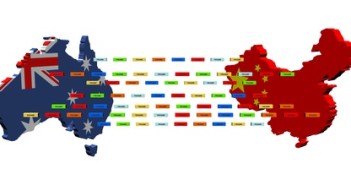Chinese industrial output rose only 6% instead of 6.8% expected. Retail sales rose 10.5% instead of 10.6%% predicted and investment only 11.2% instead of 11.5%.
This is not good news for the Aussie, that was already pressured by the Chinese devaluation move, that continues for a second day.
China was expected to report a y/y gain of 6.7% in industrial output, a rise of 11.5% in Fixed Asset Investment and 10.6% in retail sales.
AUD/USD traded just above 0.7250 towards the publication.
The Chinese yuan was devalued by more than 1% for a second day in a row, and the total fall in the value of the currency is the largest in 21 years. The PBOC wants a weaker currency and in addition, wants a more free-floating currency, on its way to have a reserve currency.
This sent AUD/USD to a new 6 year low of 0.7214 but it bounced back to just above the previous lows of around 0.7250.
The first devaluation on August 11th was described by the authorities as a “one off†and the second move as “market determinedâ€.
China is Australia’s No. 1 trade partner and the move from Beijing is currently interpreted as a “panic move†reflecting the weakness of the world’s No. 2 economy. However, a weaker currency means stronger Chinese growth which in turn is good for Australia.
More: PBoC CNY Move: Implications For AUD – NAB
In our latest podcast, we ask: Will they or won’t they? We talk about the Fed and also falling oil and silver.
Follow us on Stitcher.



